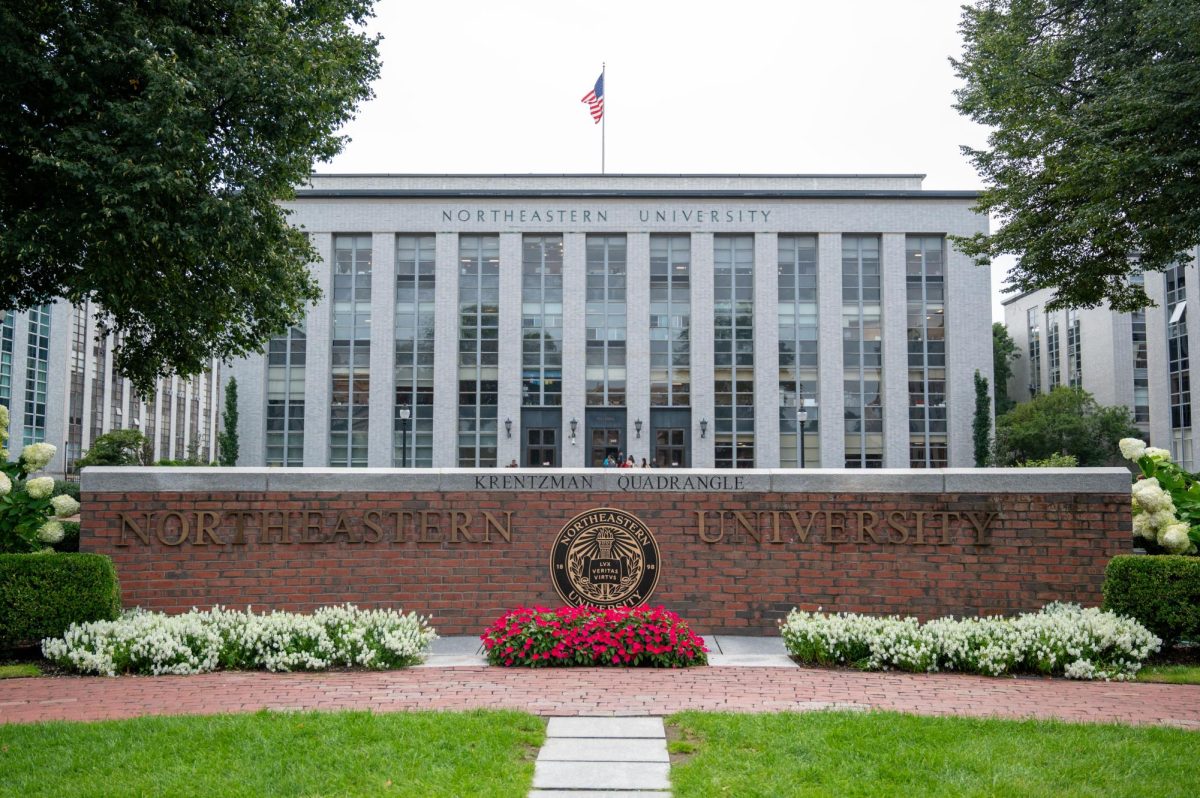On April 28 of this year, President Barack Obama proclaimed May to be Mental Health Awareness Month in the US. As it was established in 1949 by the National Mental Health Association, May 2016 saw the 67th annual spotlight on mental illness.
“During National Mental Health Awareness Month, we recognize those Americans who live with mental illness and substance use disorders, and we pledge solidarity with their families who need our support as well,” Obama’s proclamation reads. “Let us strive to ensure people living with mental health conditions know that they are not alone, that hope exists and that the possibility of healing and thriving is real. Together, we can help everyone get the support they need to recover as they continue along the journey to get well.”
Obama specifically names several mental illnesses: Depression, anxiety, bipolar disorder, schizophrenia and post-traumatic stress disorder. Aside from depression and anxiety, which can be used to describe emotions as well as disorders, these are all chronic mental health conditions.
While Mental Health Awareness Month is a step in the right direction, it does little to actually solve the problems surrounding mental illness.
According to the National Alliance on Mental Illness (NAMI), approximately one in five adults in the US experiences mental illness in a given year. Furthermore, around one in 25 adults in the US experiences a serious mental illness in a given year that substantially interferes with or limits one or more major life activities.
However, too many people in the US do not receive the care they need. They may choose not to due to social stigma, or they may not be able to due to lack of health insurance, or even high costs that are not covered by insurance. For example, under Blue Cross Blue Shield, a patient may have to pay $1,500 up front for a partial hospitalization day therapy program.
The problem is even worse for patients of color. In 2010, African-Americans and Hispanic Americans used mental health services at about one-half the rate of white Americans, while Asian Americans used them at about one-third the rate, according to NAMI.
Mood disorders, such as major depressive disorder and bipolar disorder, are the third-most common cause of hospitalization in the US, according to the same report. Suicide is the 10th leading cause of death in the US, with 90 percent of individuals who die by suicide experiencing a mental illness.
Mental Health Awareness Month was established as a way to highlight these issues, to bring Americans’ attention to the causes and effects of mental illness. While some mental health issues are being destigmatized, most notably depression and anxiety, others, like psychotic and personality disorders, are left behind.
It is worth noting that even individuals who do not experience chronic mental illness are likely to experience depression and anxiety at some point in their lifetimes – perhaps depression after the loss of a loved one, or anxiety at the idea of moving to a new city. These feelings are valid. However, they should not be mistaken for a chronic mental illness, nor should they be allowed to commandeer Mental Health Awareness Month as their own.
It is valuable for all Americans to take note of their own mental health as well as that of the people around them. But when some mental health conditions are seen as less frightening or dangerous than others, the #StigmaFree hashtag that defined this May fails. So does the #MentalIllnessFeelsLike hashtag launched by Mental Health America, when people across the US seem to be confusing emotions with chronic illnesses.
As the Northeastern community, so largely defined by college students who are statistically most at-risk for developing symptoms of mental illnesses, it is our duty to make sure that mental health stigma withers away for good – for all mental disorders. All students, faculty and administrators should be able to freely talk about their emotions, and those affected by mental illnesses should be able to discuss their “scarier” symptoms as well. Students should be able to receive competent health care, both on campus and in the Greater Boston Area. All of us should be #StigmaFree.
Photo courtesy Arturo Padavila III, Creative Commons















